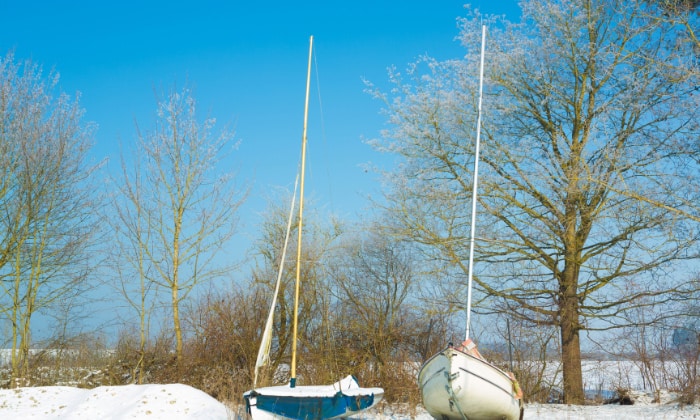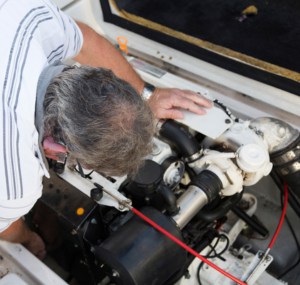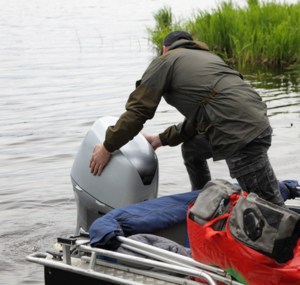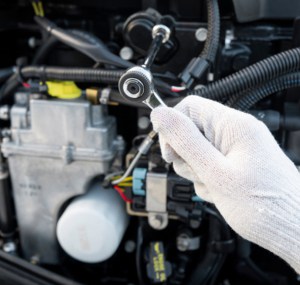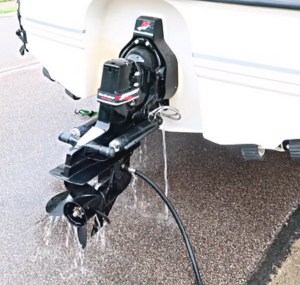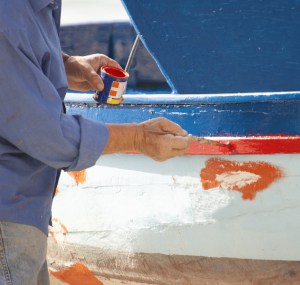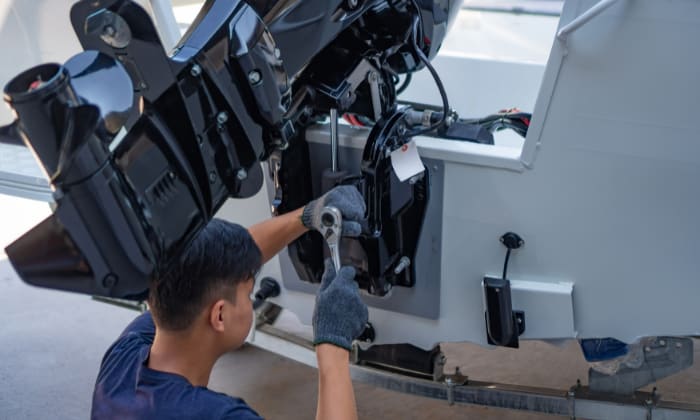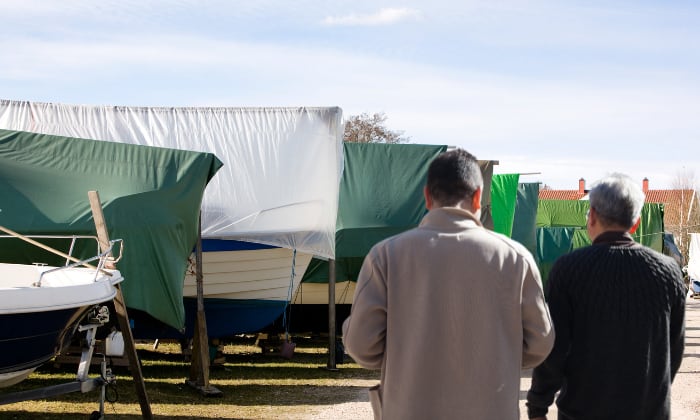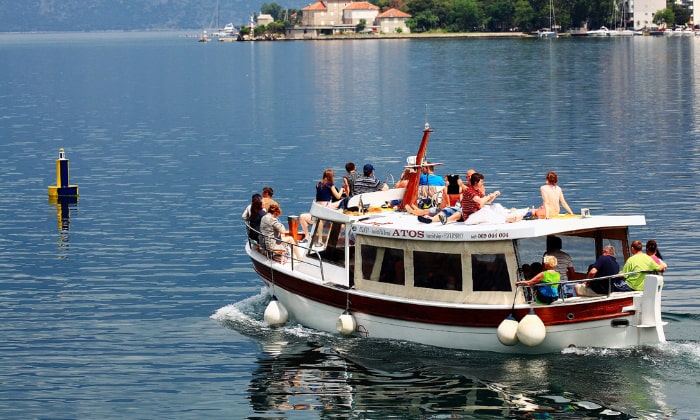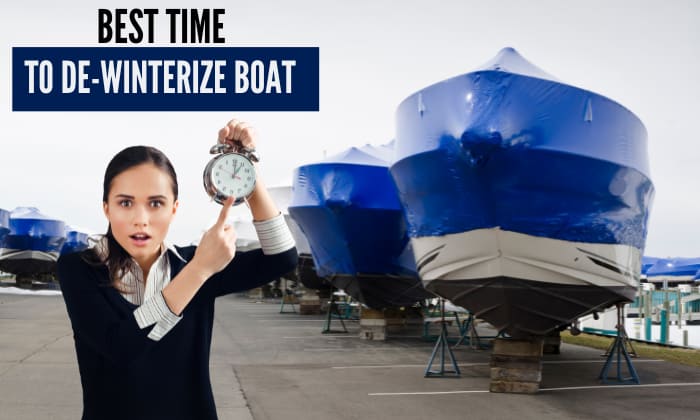As a responsible boat owner, you should know how to dewinterize your boat just as well as how to winterize it. Every time you un winterize a boat, you test its integrity and ensure all its essential components are in place to make it run smoothly once it hits the water.
Allow this guide to walk you through the entire process for optimal results. Follow along so you won’t miss critical steps, know the proven-working tips, the best times to do it, etc.
Table of Contents
Steps to Dewinterize Your Boat
Based on my experience and most boaters’, dewinterizing boats won’t take long if you correctly winterized your vessel.
For the sake of a more thorough checkup and preparation for putting your boat back in the water at the start of the season, I’ve decided to share my checklist which works well for boats that have been winterized or not.
Chances are, you won’t need to do some of the steps here, especially if you winterized it correctly. The opposite applies, too, though, particularly if you just used antifreeze and didn’t do much of anything else.
In short, exercise common sense when discerning which steps you can safely skip.
1. Inspect your boat for possible damage from “unfriendly visitors”.
This is the first I do because you never know when a critter may make its way into your boat and start chewing up battery wires, belts, and even the upholstery. Droppings, chewed-up paper, and other materials are tell-tale signs that you have an unfriendly visitor.
Even birds can decide to make any boat their home, so be on the lookout for any nest they may have put up, too.
2. Proceed to check vital components.
Damage inspection automatically extends to the engine, prop, and fuel lines/connections.
- Cracks, corrosion, dents, and other signs of damage you notice that weren’t there before you winterize your boat, whether it has a 2-stroke outboard motor, 4-stroke, inboard, or I/O, may require remedial reaction before taking it out for the new season.
- I can say the same for the carburetor, plugs, thermostat, water pumps, and distributor – give them a good wiping, while you’re at it. The prop, should it show signs of cracks and chips, may warrant replacing before using the boat.
- The steering wheel of outboards needs to be turned from right to left and vice versa to ensure it’s working properly.
Overall, each time you de-winterize a jet ski, center console, yacht, or any other kind of vessel, always check the engine, fuel system, and cooling system first, as these are the most important to the boat’s operation and safety.
3. Replace components should the need arise.
Besides the prop, you’ll also want to look at the hoses that are showing signs of cracking, brittleness, and leaks. These have to be replaced if they’re past salvageable.
You should also replace the engine oil if it’s dirty and has an unpleasant, burnt odor. The filter should automatically follow suit.
From there, you can inspect the spark plugs – naturally, don’t hesitate to replace them if they’re found to be damaged.
Even the battery should be considered for a fresh swap if it’s no longer able to hold a charge. Last but not least are the anodes – replace them if they’re already corroded or worn out.
4. Start and check the motor’s performance.
Starting a winterized boat motor will inevitably be one of the first, few vital steps you’ll be doing after taking your boat out of its shelter in the spring. Before you do so, though, you’ll need to attach flushing muffs to the water intake (assuming you own an outboard), so you won’t burn your impeller.
Once you do that, attach the muffs to a water source then turn it on. The water should flow from the back of the transom heavily. Afterward, start the motor up.
While it’s running, you want to make sure you’re getting the correct voltage reading, temperature gauge, and oil pressure – the water at the back should be flowing just as smoothly as before to signify that it’s cooling as it should.
All the better if the boat’s idling the way it’s supposed to. That will inevitably be different in other models, so be sure to know how to properly check your vessel’s specific motor.
5. Give your boat a good cleaning and makeover to top it off.
Once it’s all ready to set sail, don’t forget to clean the upholstery, carpet, and canvas first.
I often do a repaint before I begin my boating season to make everything fresh for the new season. Go all the way and give it a nice polish and wax.
Steps Exclusive to Inboard and I/O Motors
Do you own a boat with an inboard motor or an I/O engine? With an inboard motor, you will inevitably have to take a few more steps. I’ve summed them up and what makes them different from outboards as follows:
- You will have to change the outdrive gear lube oil and overflow port seals for most vessels with this engine.
- Flushing muffs need to be used over the outdrive’s water intake ports.
- The impeller may have to be replaced yearly.
- When checking the transmission, you need to shift from neutral to forward.
Tips for Dewinterizing Your Boat
- Don’t view de-winterizing your boat with a one-size-fits-all approach. Remember: how you winterized it and the type of motor it has mainly determine the steps you need to take.
For example, do you really need to do inspections and replacements if you already performed them before winterization and are sure you correctly winterized your vessel in the fall?
- You likely have all the help you can get. After all, most marinas do it for free or package it along with winterization services.
- Don’t forget that, in some states, you can do without winterizing (and subsequently de-winterizing) your boat, especially if temperatures don’t sustain harsh cold conditions.
Why De-winterizing Your Boat is Important
It’s a key maintenance step, just as much as boat winterization is. What you’re really doing is making sure there’s nothing wrong with your vessel before you take it out for a ride for the first time in spring. In the process, you and your passengers’ safety.
The Best Time to De-winterize Your Boat
What comes after winter and the time a new boating season begins in the US? Spring. In short, once you’re ready to take it out and the conditions for boating are amenable, then that’s surely the most suitable time.
Maintenance Tips for Your Boat
- More often than not, you can’t beat regular cleaning. I mean a thorough cleaning of both the interior and exterior to stay on top of grime, dust, and dirt that can lead to long-term damage down the road.
- Always keep the battery fully charged and replace it if it’s no longer able to.
- Change the oil and filter regularly.
- Store and winterize your boat so that it will be protected from the elements and other undesirables. Winterizing an inboard motor may be just as different from winterizing an outboard, though.
- Maintain the trailer as much as you do so for your boat.
Helpful Tips
How often should I de-winterize my boat?
I can safely say that each time you winterize your boat, it should automatically be de-winterized. There are steps like starting the motor and replacing parts that can’t be skipped, and they’re innately part of the de-winterization process.
If your concern is how long does it take to winterize a boat, know that I can typically finish it in less than 20 to 30 minutes.
How much does it cost to de-winterize a boat?
The average cost is around $300, and that will already include winterizing your boat in some shops. Generally, the smaller your vessel, the lesser the de-winterization cost, but you will likely save (or spend) more depending on your local marina’s overall service rates.
Read more: Average Boat Winterizing Cost.
Do I need to change the oil before dewinterizing my boat?
Oil change is among the important step in de-winterizing your boat. You can change the oil to start and check the boat’s performance, after inspecting all important components.
Conclusion
Now that you know how to dewinterize your boat, would you agree that most of the steps are concerned with keeping an eye out for flaws in your boat that need to be solved and parts that have to be replaced? Some steps are a must, especially if they’ll ensure your vessel will be smooth sailing once the new season rolls in.
Overall, I see no harm in performing most of the steps above since, again, you’re essentially doing boat maintenance once you do.

“My intention from the first day establishing Boating Basics Online is to provide as much help as possible for boaters who want to experience a first safe and convenient trip. So feel free to join us and share your beautiful journeys to the sea!”


